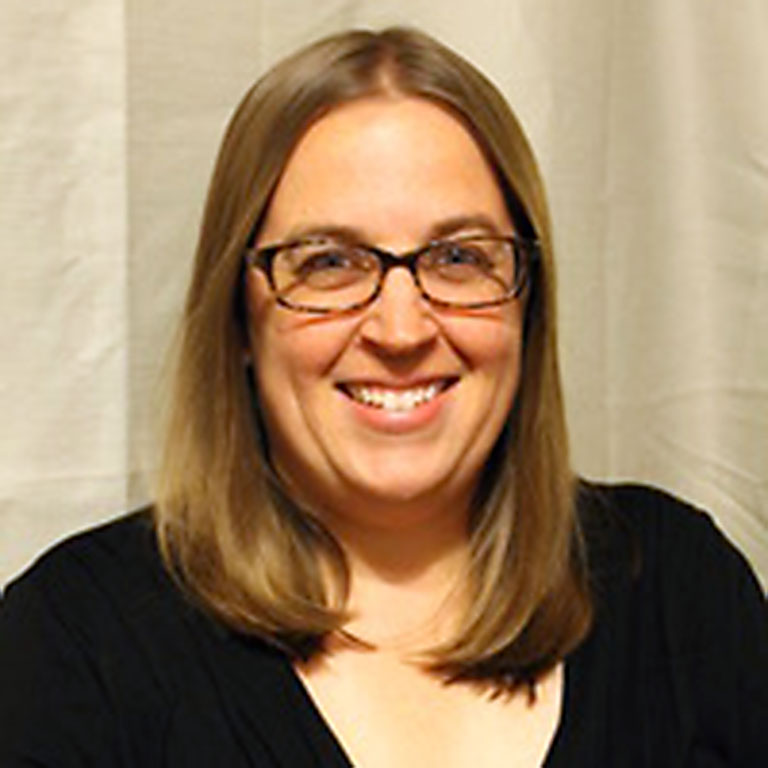A new volume written by IU School of Education researchers will help teachers align science of reading requirements with their science curriculum. “Teaching Science with Reading Strategies” includes research-backed ways to focus on teaching science while using reading strategies.
“Given the state requirements to use the science of reading in elementary schools, and the time commitments that teachers are required to put into the training, my colleagues and I wanted to help them have some ideas for how to use their hard work for other subjects, and particularly science given that science could tend to be left out in favor of literacy instruction,” said Valarie Akerson, professor of science education at the School of Education.
Akerson authored the resource along with faculty members Gayle Buck and Adam Scribner and recent Ed.D. graduate Kristen Poindexter. Poindexter currently teaches kindergarten and says she wanted to learn as much about the science of reading as she could to be the best possible teacher for her students.
“This research aims to help elementary classroom teachers who may be feeling squeezed for time and sadly needing to exclude science lessons from their daily instruction,” she said, adding, “It also aims to help students and instructors in preservice preparation programs to show how science instruction can easily be incorporated into literacy instruction along with preparing future teachers with ideas should they face limited classroom time in the future.”



